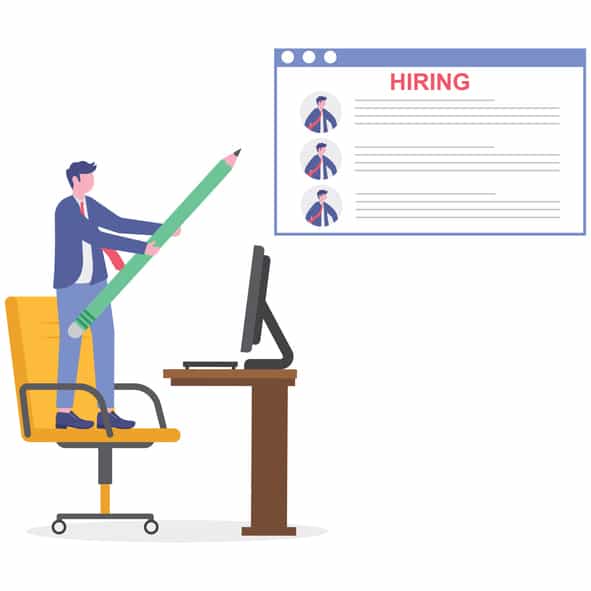Lateral hiring can feel like the fastest fix for a talent gap. You bring in someone who already knows the role, has the skills, and can start contributing right away. But just because it’s easy doesn’t mean it’s always right.
Sometimes, hiring laterally gives your team the boost it needs. Other times, it slows internal growth or creates quiet frustration among employees who feel overlooked. The difference depends on how and why you use it.
What Lateral Hiring Really Means
Lateral hiring is when a company brings in an employee from another organization at a similar level. It’s not a promotion or an entry-level hire, but a sideways move.
These hires are often brought in to fill skill gaps quickly or to bring fresh perspective without the long learning curve. In fields like technology, accounting, or healthcare, lateral hiring is often a practical necessity. But it’s only effective if it complements, not replaces, your efforts to develop talent internally.
When Lateral Hiring Works
1. When you need expertise now.
Some roles can’t wait for a training curve. Bringing in someone who already knows the systems and processes can stabilize operations fast.
2. When your team needs perspective.
A lateral hire from another organization can bring in ideas that help your team grow. Exposure to different systems, workflows, and leadership styles keeps things fresh.
3. When you’re growing fast.
If your company is scaling, you may not have enough internal leaders ready to take on new challenges. Lateral hires can fill key roles while your next generation develops.
When It Doesn’t Work
1. When it blocks internal growth.
If employees see every leadership or specialist role filled by outsiders, morale suffers. It signals that growth isn’t possible internally, and that can lead to higher turnover.
2. When you skip cultural alignment.
Even the most skilled hire can struggle if their working style or expectations clash with your team’s. Lateral hiring without proper onboarding is one of the fastest ways to lose both new and existing talent.
3. When it becomes a habit.
Over-relying on lateral hires can lead to stagnation. If everyone comes from outside, no one’s learning from within.
Finding the Balance
The best organizations use a mix of both, developing talent internally while hiring laterally to strengthen gaps. The key is intention.
Before making a lateral hire, ask:
Is there someone internally who could grow into this role with the right support?
What unique value does an external candidate bring that we can’t build ourselves?
How will this hire impact team dynamics and long-term development?
When the answer to those questions is clear, you’ll know whether lateral hiring truly fits your strategy or if it’s just the faster option.

Final Thoughts
Lateral hiring isn’t good or bad on its own. It’s a tool. Used thoughtfully, it brings in the right experience at the right time. Used too often, it can create dependency and limit internal opportunity.
The smartest hiring strategies build balance because a strong workforce isn’t just imported, it’s developed.
Want to strengthen your hiring strategy?
Let’s talk about how we can support your recruiting and workforce planning goals.









